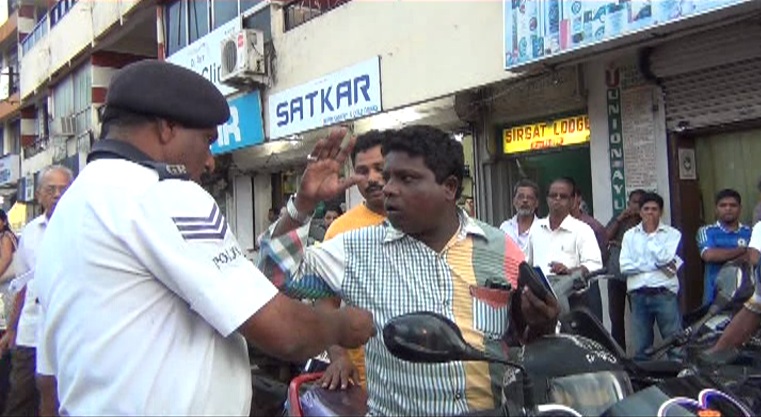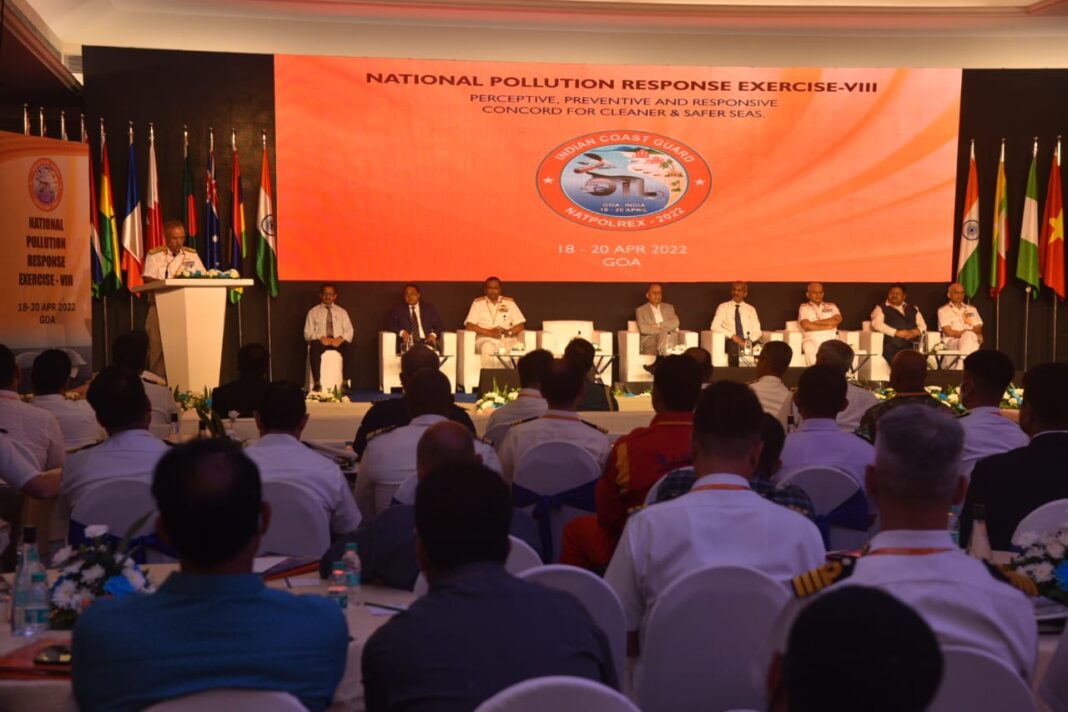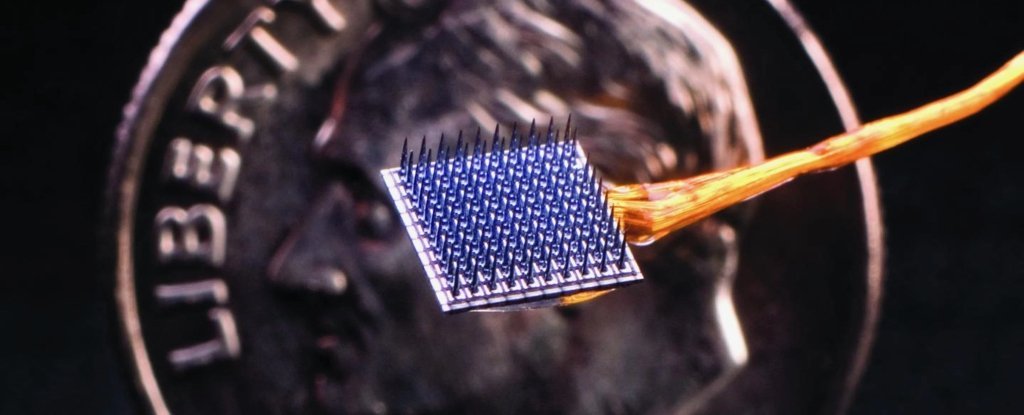The best case scenario for the climate crisis is looking increasingly disastrous for much of the world, especially when it comes to rising seas.
Even if we can limit global warming below 2 degrees Celsius, in line with the Paris Climate Accord, by 2100 many coastal regions could be experiencing once-in-a-century sea level threats, such as storm surges, high tides and threatening waves, at least once a year.
That’s a 100-fold increase in coastal flooding, and according to new global models, that’s if we’re lucky. If we do nothing to change our behavior, the world could soon blow past 2 degrees Celsius of warming, at which point sea level scenarios will grow significantly worse.
Recent projections for more than 7,000 coastal locations around the world suggest that at 1.5 degrees of warming, at least half of the sites studied will be annually affected by extreme sea level events.
At 2 degrees Celsius of warming, a further 14 percent will experience the same by 2100.
In all likelihood, some locations will suffer these effects even sooner. Under the 1.5 degree scenario, for instance, some coastal locations could experience a 100-fold increase in extreme sea level events by as early as the 2070s.
The authors say this is “overwhelmingly true” for places in the tropics, like Hawaii and the Caribbean, as well as the southern half of North America’s Pacific coast, all of which appear particularly vulnerable to rising seas. As more sea ice melts, parts of the Mediterranean coast and the Arabian Peninsula could also become hotspots for extreme sea level activity.
“The tropics appear more sensitive than the northern high latitudes,” the authors write, “where some locations do not see this frequency change even for the highest global warming levels.”
The results align with recent sea level projections, which suggest we have been seriously underestimating the rise of our oceans at the lower ends of global warming.
Already this year, a study found sea level rise is impacting coastal areas four times faster than we thought. The miscalculations have a lot to do with uncertainties regarding projected sea level rise and how it will shake out the world over – there are a lot of variables to include in the calculations.
The new model seeks to make up for these limitations. It is based on a ‘voting’ system, which helps to balance out various different scenarios of sea level rise and the many uncertainties involved.
For all six scenarios of warming by 2100, researchers took the median values at which sea level events become annual and used these as individual ‘votes’. The ‘majority vote’ was therefore the lowest warming level at which the frequency of storm surges and other sea level events became annual disasters.
This democratic system was first applied to data on extreme sea level events from a smaller subset of 179 coastal locations, before being expanded to a larger set of 7,283 locations.
In the end, the authors found a majority vote that agreed 43 percent of all coastal locations studied will experience extreme sea level events on an annual basis, even at the lower end of 1.5 degrees of warming.
What’s more, many of these coastal regions will experience these effects before the end of the century, possibly even as soon as 2070.
At 2 degrees of warming, the majority vote suggests a further 15 percent more coastline will be affected. At 3 degrees of warming, this dire scenario could hit as early as 2060.
Still, that’s just what the majority vote suggests. Some of the more pessimistic data points on each of the six distributions indicate that 99 percent of all locations could experience extreme sea level events at 1.5 degrees of warming.
The findings highlight a “substantial level of disagreement among the six estimates“, which suggests there’s still a whole lot of uncertainty in our models.
The most optimistic voting outcome, for instance, suggests only 2 percent of all coastal regions studied will experience extreme sea level events under the same warming scenario. But that optimistic scenario requires a “very strict” unanimous vote across all six estimates that probably wouldn’t happen often.
Once again, the new study highlights we need further research to refine our sea level models to see where the worst effects will strike first. While some parts of North America’s Atlantic coast could be hit by dramatic flooding, the study predicts other nearby regions will remain entirely unaffected.
Why this wild variation occurs in such nearby locations will need to be further analyzed, but it’s something that other researchers have noticed before – an artifact of the scientific difficulties involved in putting firm numbers on sea level rise.
For instance, even in a terrible scenario where global warming reaches past 5 degrees Celsius and ice sheets virtually disappear the world over, the majority vote suggests approximately 20 percent of all the coastal sites studied will remain unaffected by extreme sea level events.
Northern coastal regions like Alaska and northern Europe are those that seem to be most safe from these future disasters.
“Our findings have important policy and practical implications as they highlight that even if the Paris Agreement goals will be achieved, extreme events potentially conducive to coastal flooding will be experienced at unprecedented frequencies in many parts of the world’s coasts,” the authors write.
That’s a big ‘if’.
The study was published in Nature Climate Change.


 Local7 years ago
Local7 years ago
 Crime8 years ago
Crime8 years ago
 Local8 years ago
Local8 years ago
 Top Stories2 years ago
Top Stories2 years ago
 Crime8 years ago
Crime8 years ago
 Crime8 years ago
Crime8 years ago
 Sports10 months ago
Sports10 months ago
 Crime8 years ago
Crime8 years ago






You must be logged in to post a comment Login